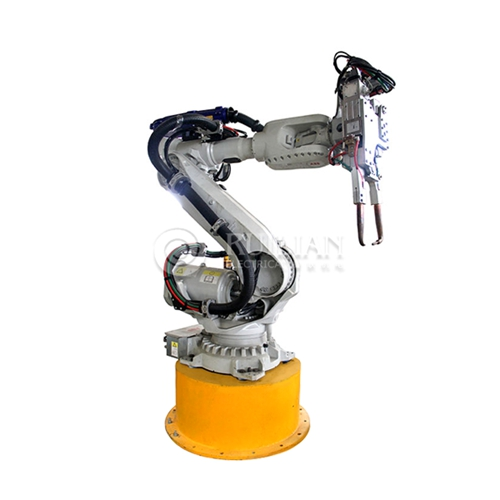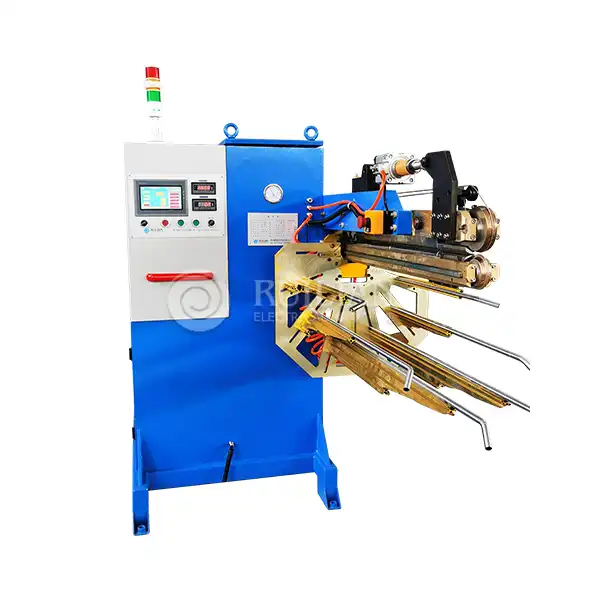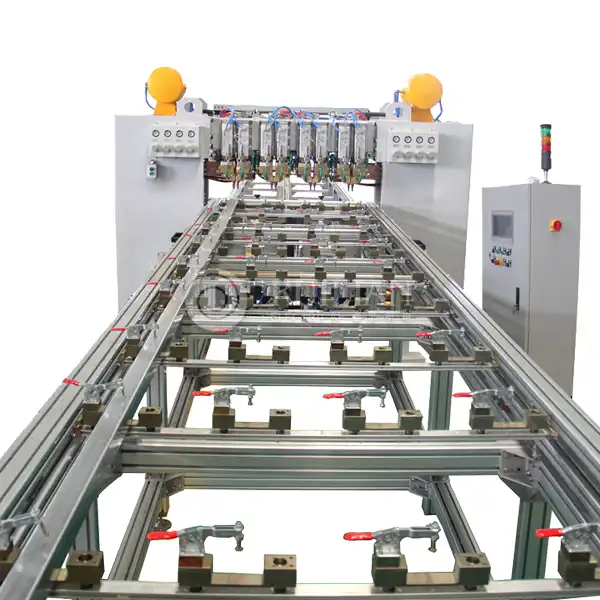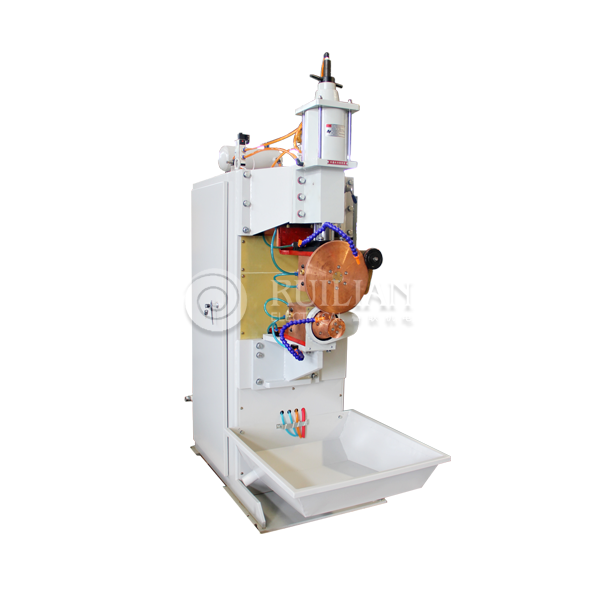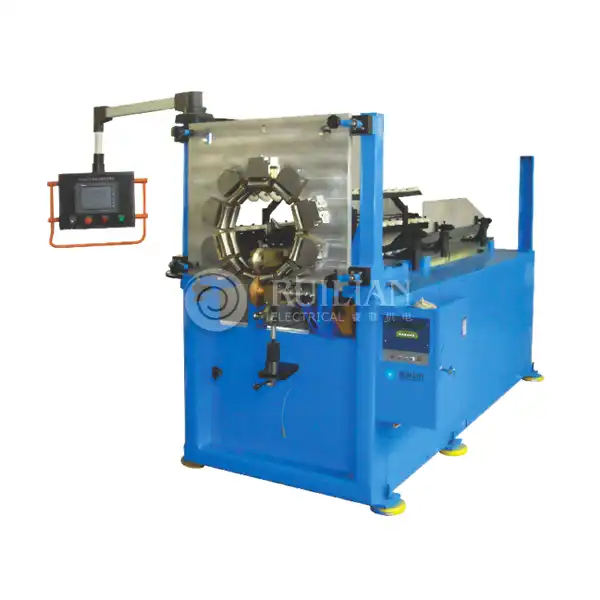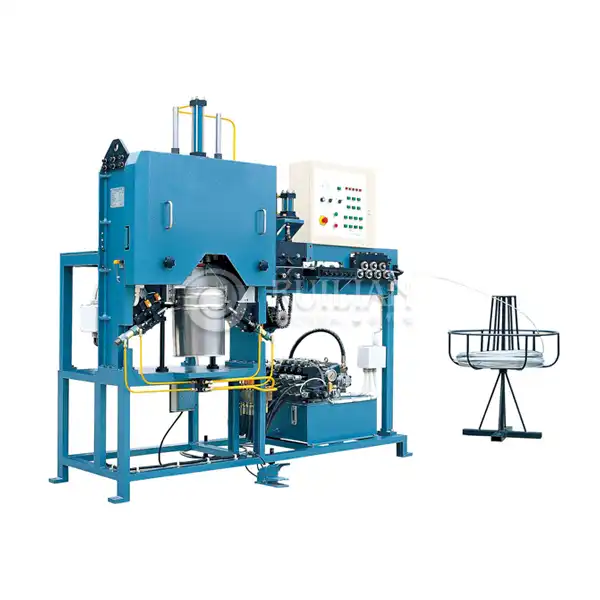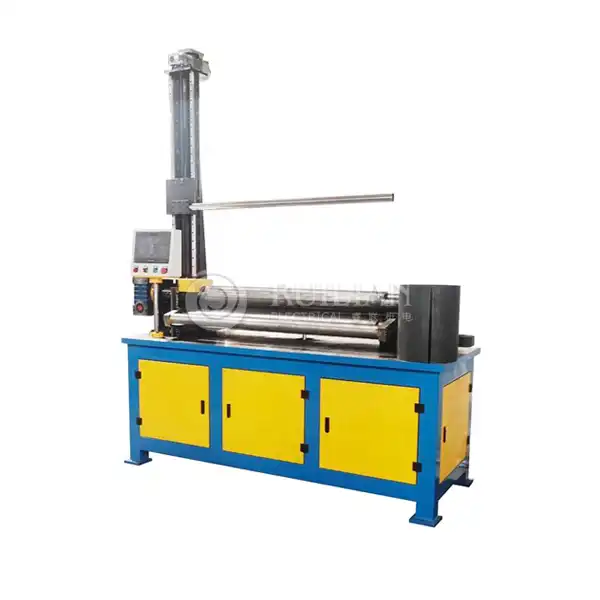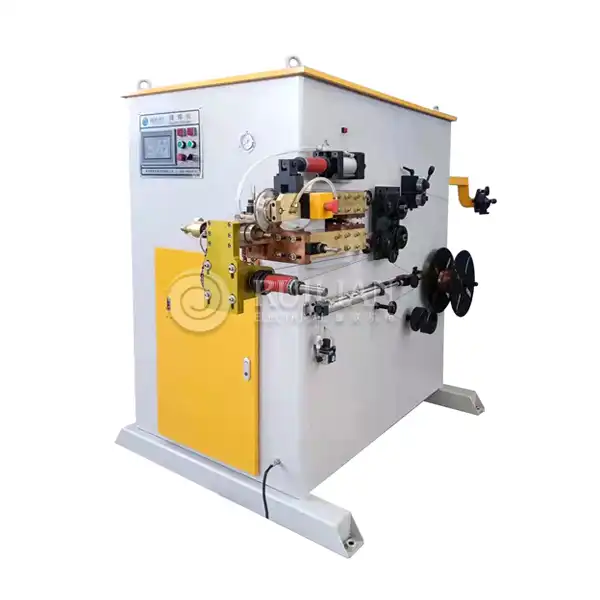Common Welding Machine Problems and Their Solutions
Before delving into specific repair techniques for welding machines, it's vital to first recognize the most common issues these machines often face. Understanding these problems can help operators identify them early on, thereby preventing more severe damage and prolonging the lifespan of the equipment.
One of the most prevalent issues is poor arc stability, which leads to inconsistent welds. This inconsistency can arise from several factors, including incorrect power settings, worn-out electrodes, or problems with the power source. When the arc is unstable, it can cause weak or uneven welds, making it essential to diagnose the root cause promptly. Operators should regularly check power settings and ensure that the electrodes are in good condition to maintain consistent performance.
Another common concern, particularly with MIG welders, is wire feed problems. If the wire feed is inconsistent or fails altogether, it can result in irregular welds that not only compromise the quality of the work but also frustrate the operator. Common causes include a clogged liner, incorrect tension on the drive rolls, or a malfunctioning motor. Regular maintenance checks can help identify and resolve these issues before they become significant problems.
For those utilizing more specialized equipment, such as a China welding machine, unique challenges may emerge. These machines blend the principles of resistance welding and arc welding, which necessitates a precise balance of pressure and electrical current. Problems with either of these components can lead to inferior weld quality or even machine malfunction, underscoring the importance of regular inspection and maintenance.
To effectively address these issues, it is crucial to adopt a systematic approach to troubleshooting and repair. This involves not only identifying the problems but also implementing targeted strategies to fix them. By understanding common welding machine issues and taking proactive measures, operators can enhance performance and ensure their equipment operates smoothly. Let's explore some specific strategies for repairing your welding machine in detail.
Diagnosing Electrical Issues in Welding Machines
Electrical problems are often at the heart of welding machine malfunctions. These issues can range from simple loose connections to more complex circuit board failures. When diagnosing electrical problems, safety should be your top priority. Always ensure the machine is unplugged before attempting any internal inspections or repairs.
Start by checking the power cord and plug for any visible damage or wear. Frayed wires or bent prongs can cause intermittent power issues or complete failure. If the cord appears in good condition, move on to inspecting the internal wiring and connections. Look for any signs of burning, corrosion, or loose terminals.
For more advanced troubleshooting, a multimeter can be an invaluable tool. Use it to test continuity in wires and components, ensuring that electrical signals are flowing properly through the machine. Pay special attention to switches, relays, and transformers, as these components are prone to failure over time.
In the case of a Resistance Arc Seam Welding Machine, the electrical system is particularly complex. These machines rely on precise control of current flow to create consistent welds along a seam. If you're experiencing issues with weld quality or machine performance, it may be necessary to calibrate the current control system or replace faulty components.
Remember that some electrical repairs may require specialized knowledge or tools. If you're unsure about performing a repair yourself, it's always best to consult with a professional technician to avoid potential safety hazards or further damage to your equipment.
Mechanical Maintenance and Repair Techniques
While electrical issues are common, mechanical problems can also plague welding machines. These issues often manifest as problems with wire feed systems, gas flow, or torch components. Regular maintenance can prevent many mechanical failures, but when issues do arise, a methodical approach to repair is essential.
For MIG welders, the wire feed system is a frequent source of trouble. If you're experiencing irregular wire feed, start by checking the drive rolls for wear or improper tension. Ensure that the wire is properly aligned and that there are no kinks or obstructions in the feed path. Sometimes, simply cleaning the drive mechanism and replacing worn components can resolve feed issues.
Gas flow problems can lead to poor weld quality and excessive spatter. Check all gas lines for leaks using a solution of soap and water. Bubbles will indicate the presence of a leak. Inspect regulators, valves, and connections for proper function and replace any damaged components.
In the case of a Resistance Arc Seam Welding Machine, mechanical issues may involve the pressure application system or the seam tracking mechanism. These components require precise alignment and calibration to produce consistent, high-quality welds. Regular inspection and adjustment of these systems can prevent many common problems.
For all types of welding machines, torch components are subject to wear and damage. Inspect nozzles, contact tips, and liners regularly, replacing them as needed. A clean, well-maintained torch is essential for optimal welding performance.
When performing any mechanical repairs, cleanliness is key. Dust, metal shavings, and other debris can interfere with moving parts and electrical connections. Use compressed air and appropriate cleaning solutions to keep your welding machine in top condition.
By addressing both electrical and mechanical aspects of your welding machine, you can ensure reliable performance and extend the life of your equipment. Regular maintenance, combined with prompt attention to any issues that arise, will keep your welding operations running smoothly.
Conclusion
In conclusion, fixing a welding machine requires a combination of technical knowledge, careful diagnosis, and sometimes specialized tools. Whether you're working with a standard arc welder or a more complex Resistance Arc Seam Welding Machine, the principles of troubleshooting and repair remain similar. By following the guidelines outlined in this article, you can address many common welding machine problems and keep your equipment in optimal condition. For more information about welding solutions and equipment, including specialized machines like Resistance Arc Seam Welding Machines, don't hesitate to reach out to experts in the field. Our advantage is a leading air duct welding manufacturing company related to air duct manufacturing in the HVAC industry. You can contact RUILIAN, a reliable welding and complete equipment supplier, at ry@china-ruilian.cn and www.rlseamwelding.com for personalized advice and product information.


